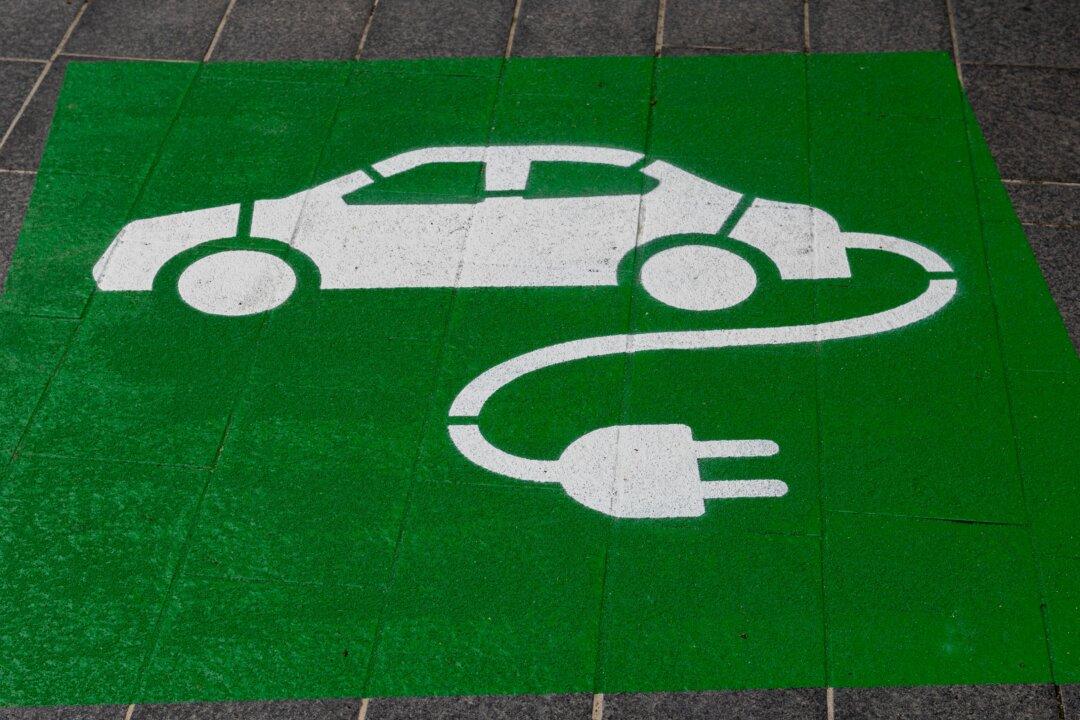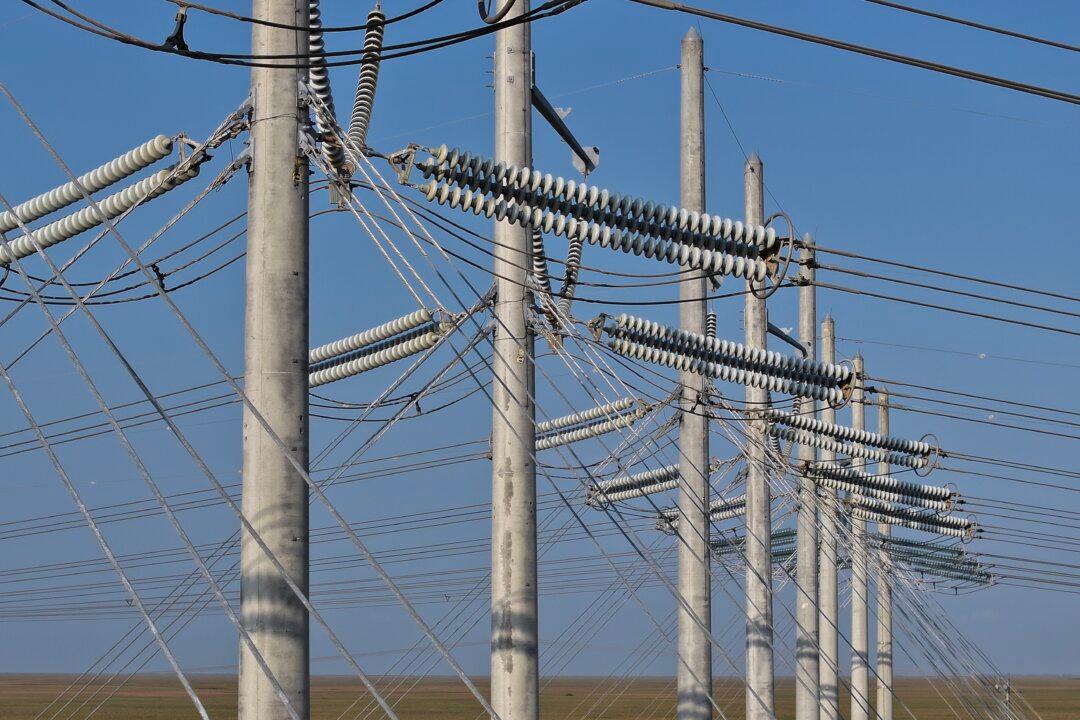Commentary
Data are always handy for measuring where things are and will be, and the federal government’s energy statistics are painting an ugly picture of the present and future when it comes to the loud push to electrify all of our useful, well-functioning appliances.



